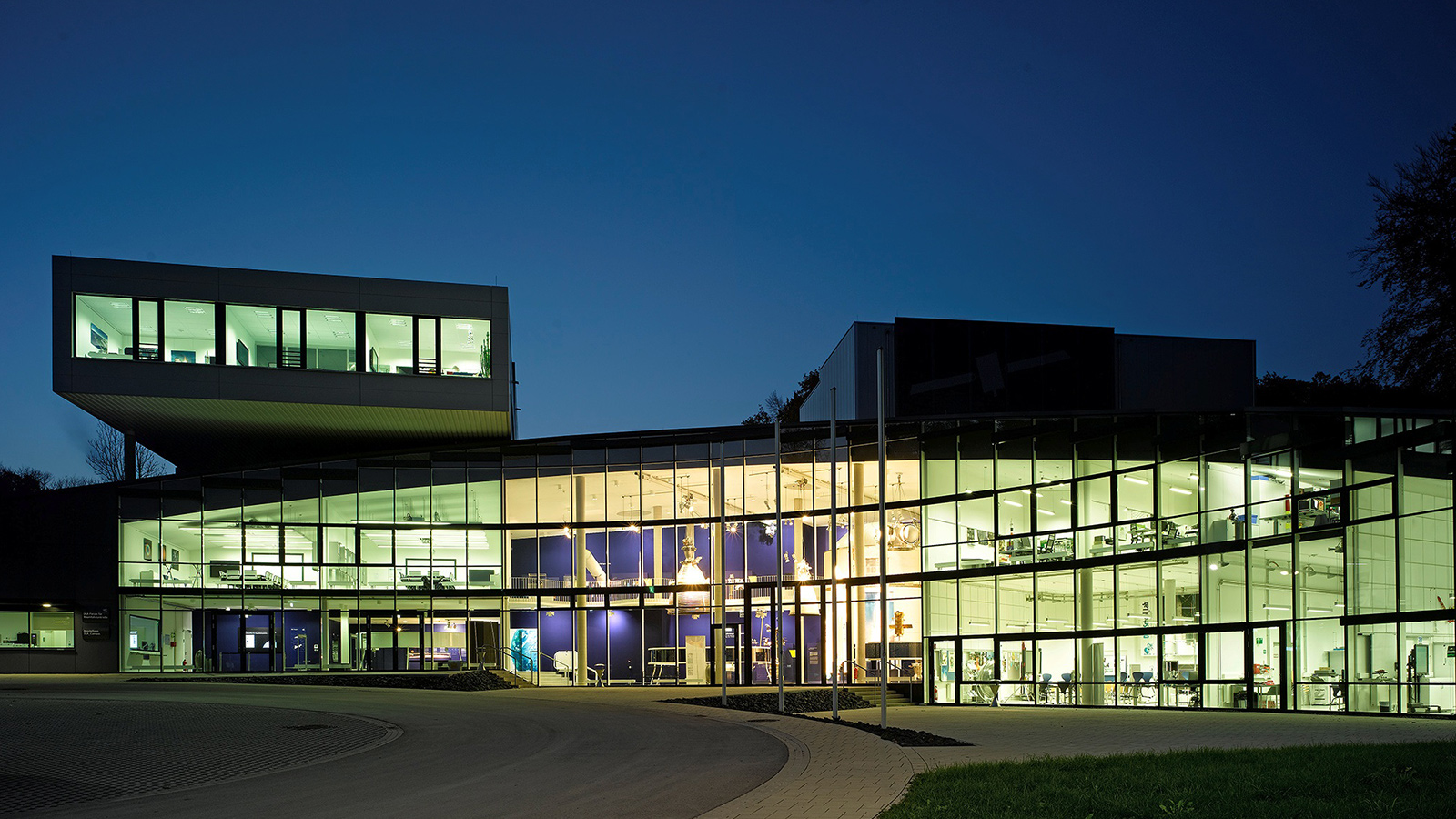Stay Up to Date
Submit your email address to receive the latest industry and Aerospace America news.
The High-Speed Air-Breathing Propulsion Technical Committee works to advance the science and technology of systems that enable supersonic and hypersonic air vehicle propulsion.
Significant research was conducted this year in the U.S. and Asia on air-breathing hypersonic propulsion technologies for high-speed stratospheric flight and improved space access.
Researchers studied ignition in cavity-based flameholders in supersonic flow. Through a collaborative effort among the U.S. Air Force Research Laboratory; the University of Illinois, Urbana-Champaign; and Seoul National University, the spatial and temporal fluctuations of a fueled flowfield were measured through nanosecond-gated laser-induced breakdown spectroscopy. While on average the fuel concentration at a location in the cavity is favorable for ignition, the fluctuations from lean to rich inhibits ignition probability with localized energy deposition. In tandem, experiments at AFRL examined the energy coupling mechanisms of pulse detonation ignition of a scramjet cavity. Multiple measurements showed that a fully coupled detonation entrains greater quantities of high-temperature and reacting fluid in the vortex formed on the edges of the underexpanded detonation plume.
In Europe, the Stratofly project kicked off in June to investigate the feasibility of high-speed passenger flights at stratospheric altitudes. The project brings together 10 research establishments from seven countries to address critical challenges for the success of hypersonic passenger aircraft flying at Mach 8. The German Aerospace Center, DLR, this year continued actively pursuing transpiration cooling systems to handle the high wall temperatures and heat loads generated in scramjets. The DLR is conducting experiments to investigate the applicability of transpiration cooling systems in scramjets and the phenomena resulting out of the interaction between a wedge/flameholder and coolant secondary flow. DLR’s Institute of Space Propulsion operates a hydrogen/oxygen air vitiator facility at test bench M11.1 in Lampoldshausen that is capable of simulating Mach 5.5 to Mach 8 high-speed flight combustion chamber inlet conditions. Results reported this year showed that the coolant boundary layer is strongly affected by shock-boundary layer interaction and can develop hotspots on the wall due to this interaction, with hydrogen selected as the superior coolant with the fuel ignited by the shock-boundary layer interaction. Furthermore, DLR in collaboration with the Air Force Office of Scientific Research investigated the second generation ultrasonically absorptive thermal protection materials for passive hypersonic boundary layer transition control and thermal protection system application this year. The study was scheduled to conclude with testing of a promising material near Mach 7 flight conditions in the High Enthalpy Shock Tunnel Göttingen.
Turning to Asia, in August the Indian Space Research Organization conducted its first experimental Mach 6 mission of its hydrogen-fueled scramjet (supersonic combustion ramjet) engine from Satish Dhawan Space Centre SHAR, Sriharikota. After a flight of about 300 seconds, the vehicle touched down in the Bay of Bengal, approximately 320 kilometers from Sriharikota. The twin scramjet engines were mounted on the back of the second stage for a captive carry flight. Once the second stage reached the conditions for engine “start-up,” the scramjet engines ignited and functioned for about five seconds. This flight demonstrated critical technologies such as ignition of air breathing engines at supersonic speed, supersonic flameholding and air intake mechanism. Meanwhile, the Japan Aerospace Exploration Agency, JAXA, designed and fabricated the Himico wind-tunnel model for evaluation prior to the flight test in 2019.
Contributors: Timothy Umbrello, AFRL; Bayindir H. Saracoglu, von Karman Institute; Friedolin Strauss, DLR; Alexander Wagner, DLR; Tanno Hideyuki, JAXA
Editor’s note: U.S. Air Force Capt. Travis Odom is a hypersonics research engineer at Wright-Patterson Air Force Base, Ohio. Greg Johnston is a hypersonic flight test lead.
Photo: The Institute of Space Propulsion in Lampoldshausen, part of the German Aerospace Center, DLR. Credit: DLR
Stay Up to Date
Submit your email address to receive the latest industry and Aerospace America news.




